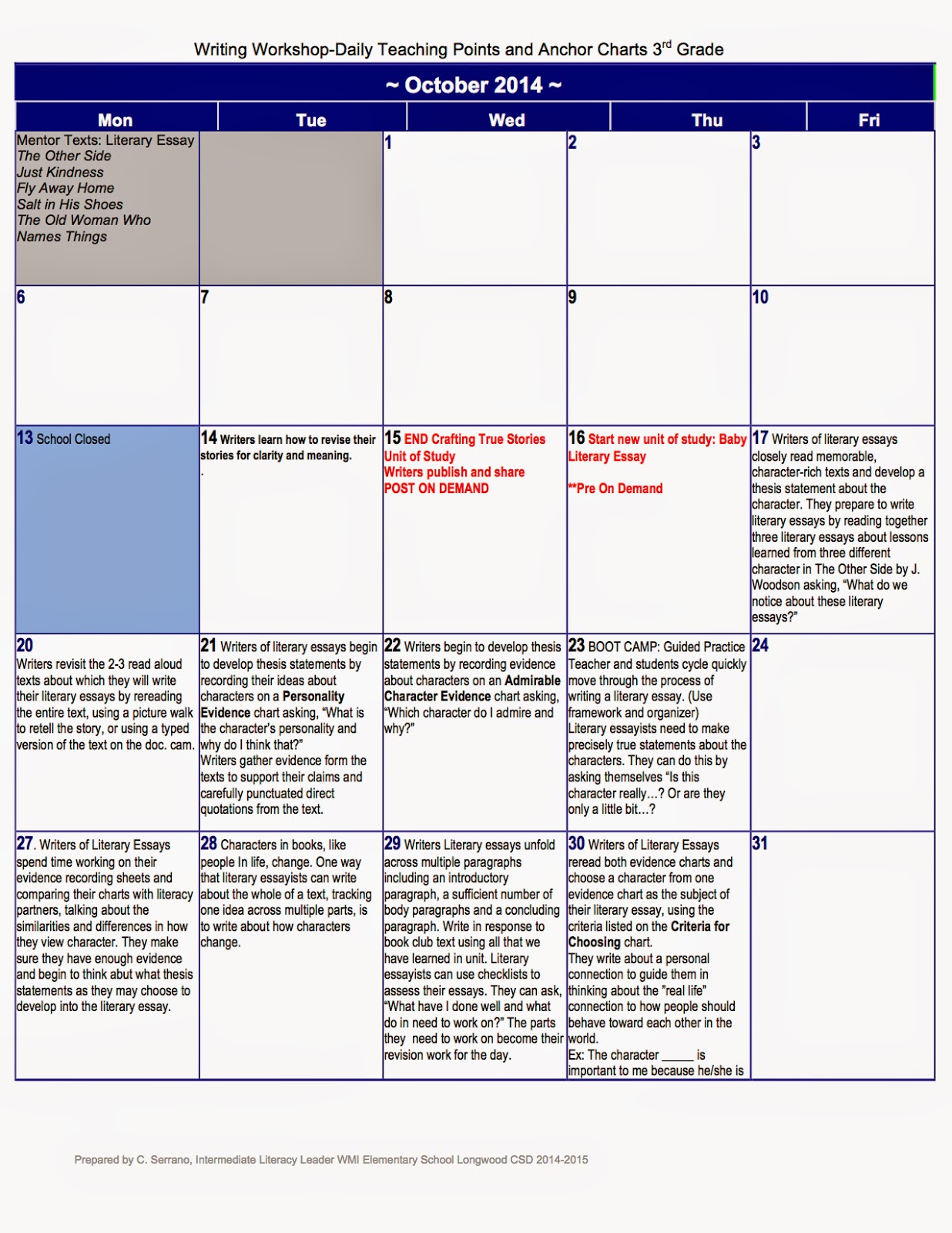- First, students read the text. (start off with short texts such as short stories, picture books, or excerpts from longer texts)
- Reread to interpret the text
- Rehearsing
- Fast Drafting
As students are working through the Reading to Interpret the Text phase, they can ask themselves questions such as:
- Whose story is being told?
- What kind of a person is the character? What traits could I use to describe the character?
- What does the character want at this point?
- What are some of the emotions and feelings the character has during this part?
As students continue reading through the middle of the text, they can ask themselves questions such as:
- What gets in the way of the character getting what he wants?
- Have the character's feelings and emotions changed? How and why are they changing?
- Are there any problems or issues starting to arise?
As students continue to read and interpret the text through the end, they can ask questions such as:
- What is the message the author wants us to notice?
- Is there a life lesson being taught?
----------------------------------------------------------------------------------------
Literary Essay Framework:
Book title:
Author's name:
Brief summary of the text:
Sentence about the theme, or big idea, from the text:
Evidence and examples from the text that illustrate or show the theme, or big idea:
Below are the anchor charts I used throughout the unit.
PEACE!
Below are the anchor charts I used throughout the unit.
Below is an example of how the unit might go:
PEACE!










